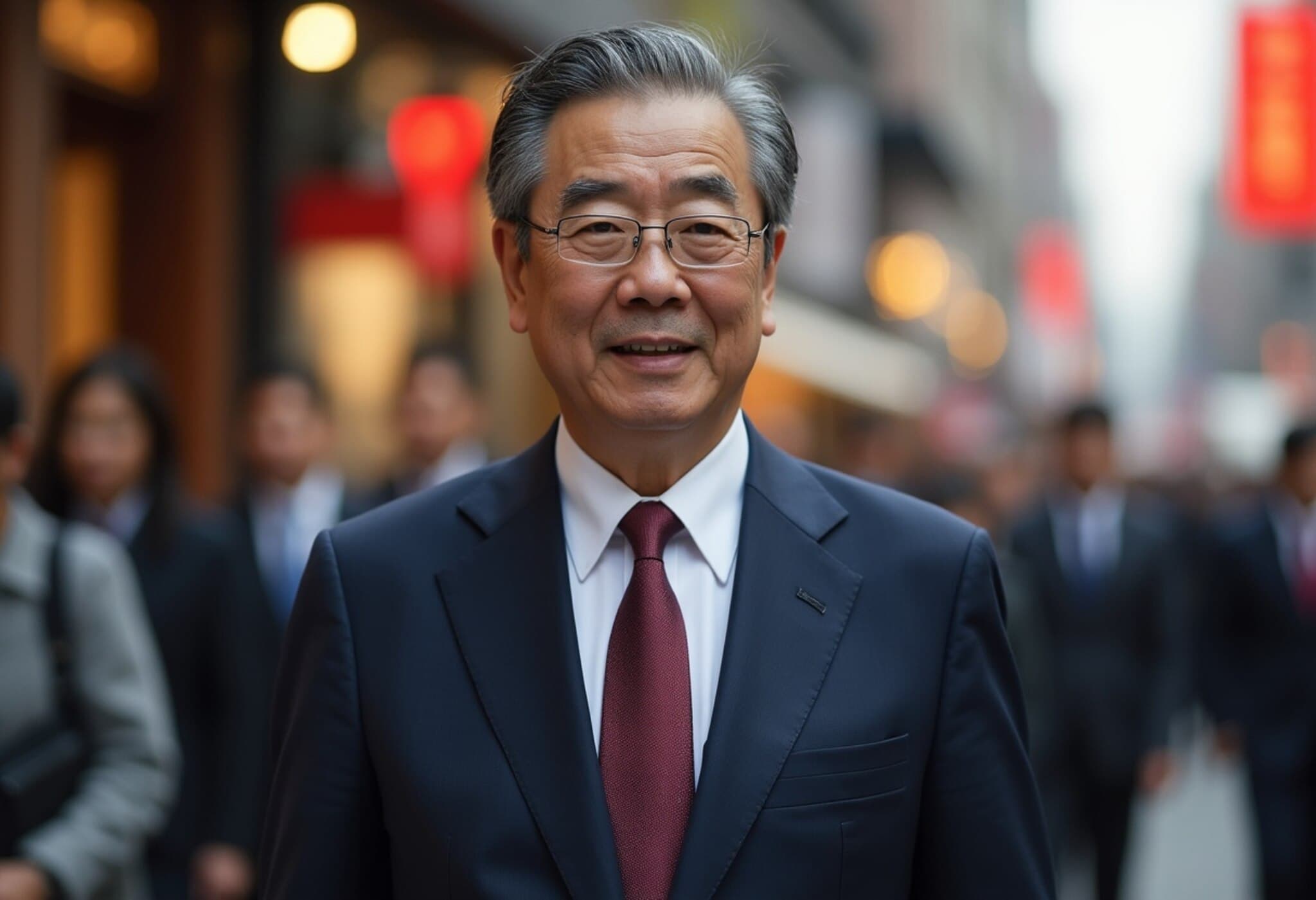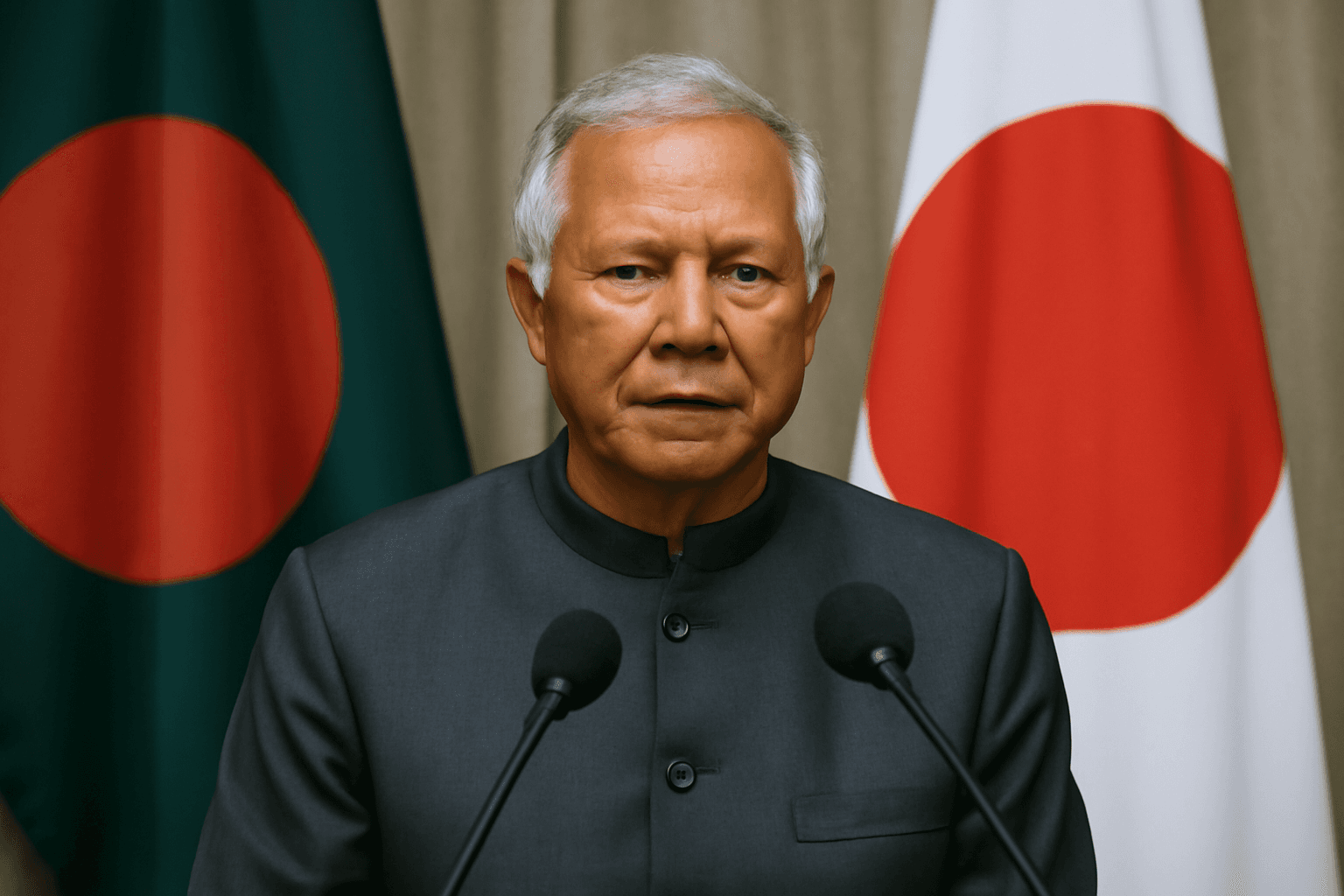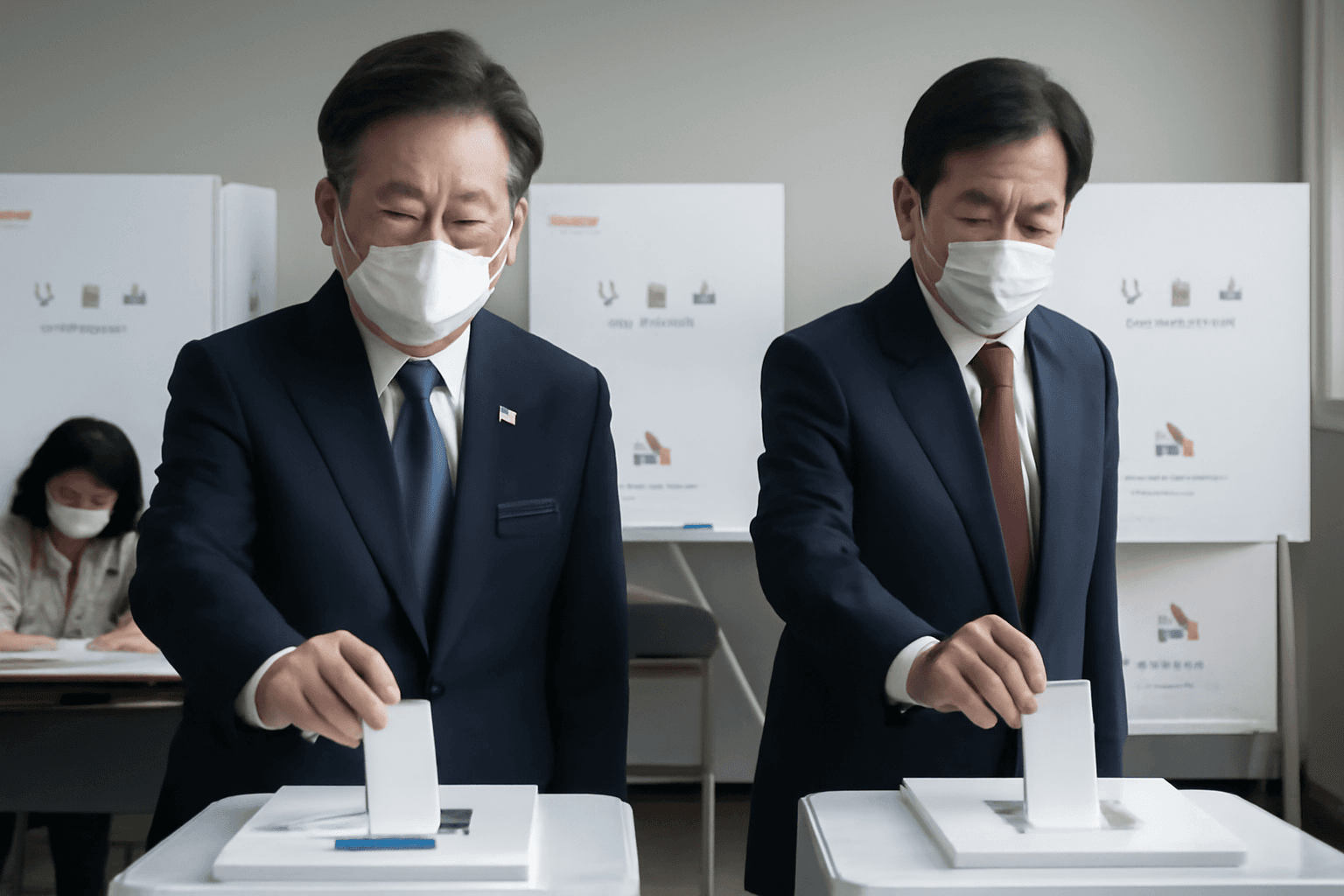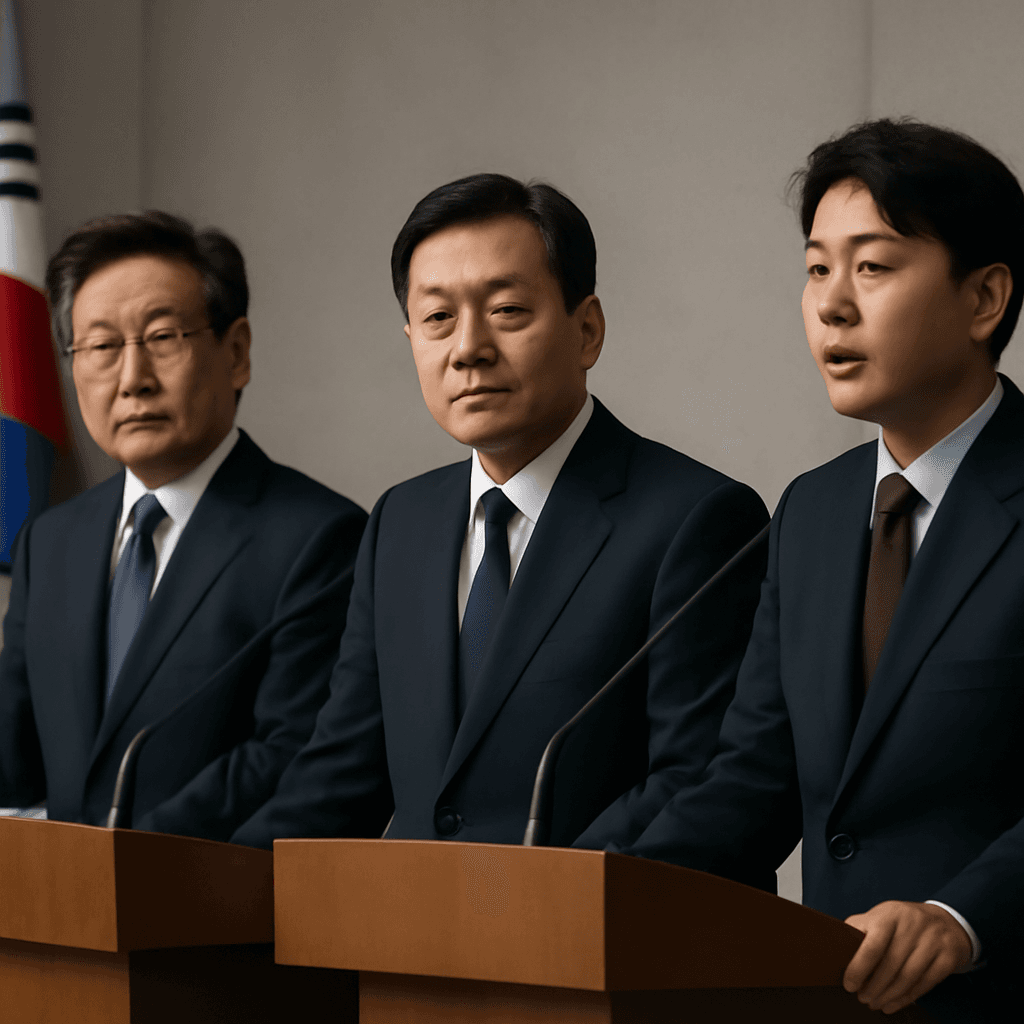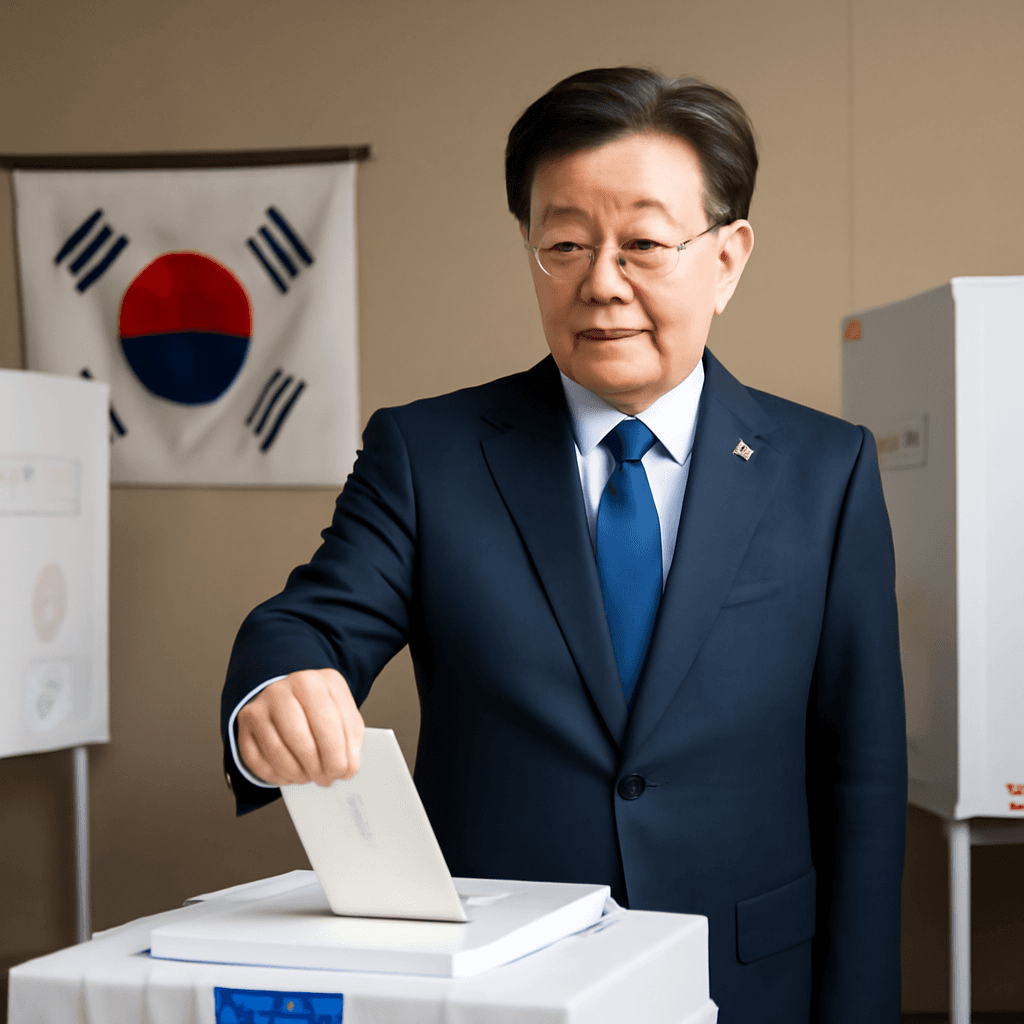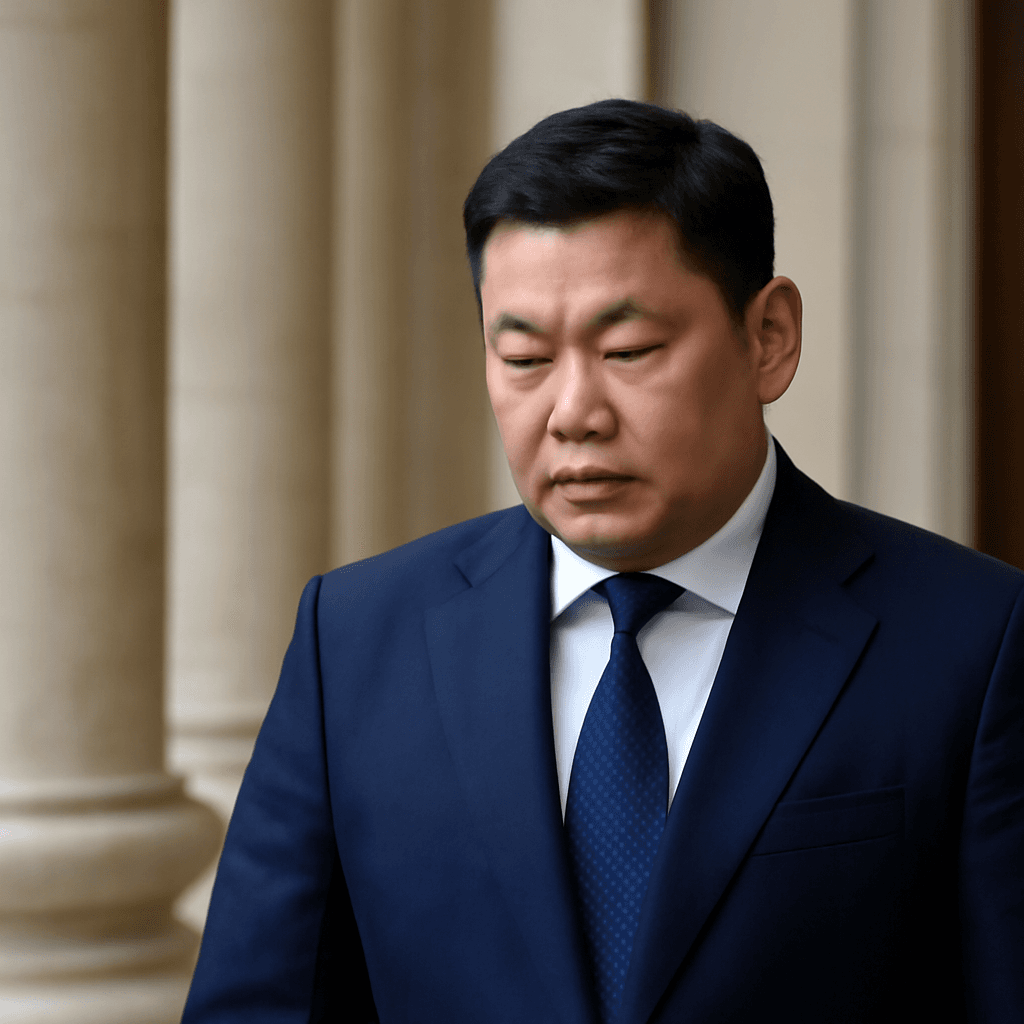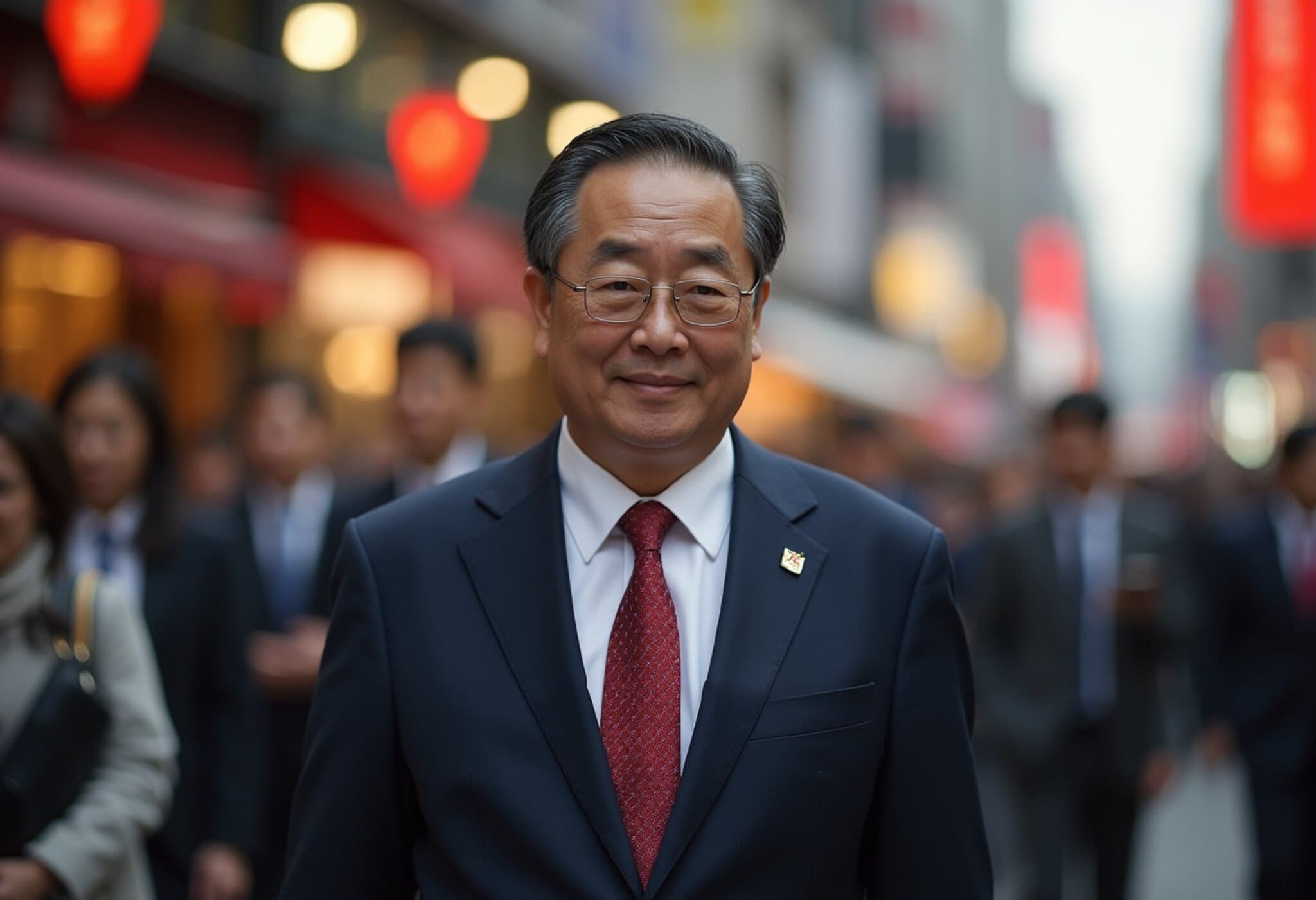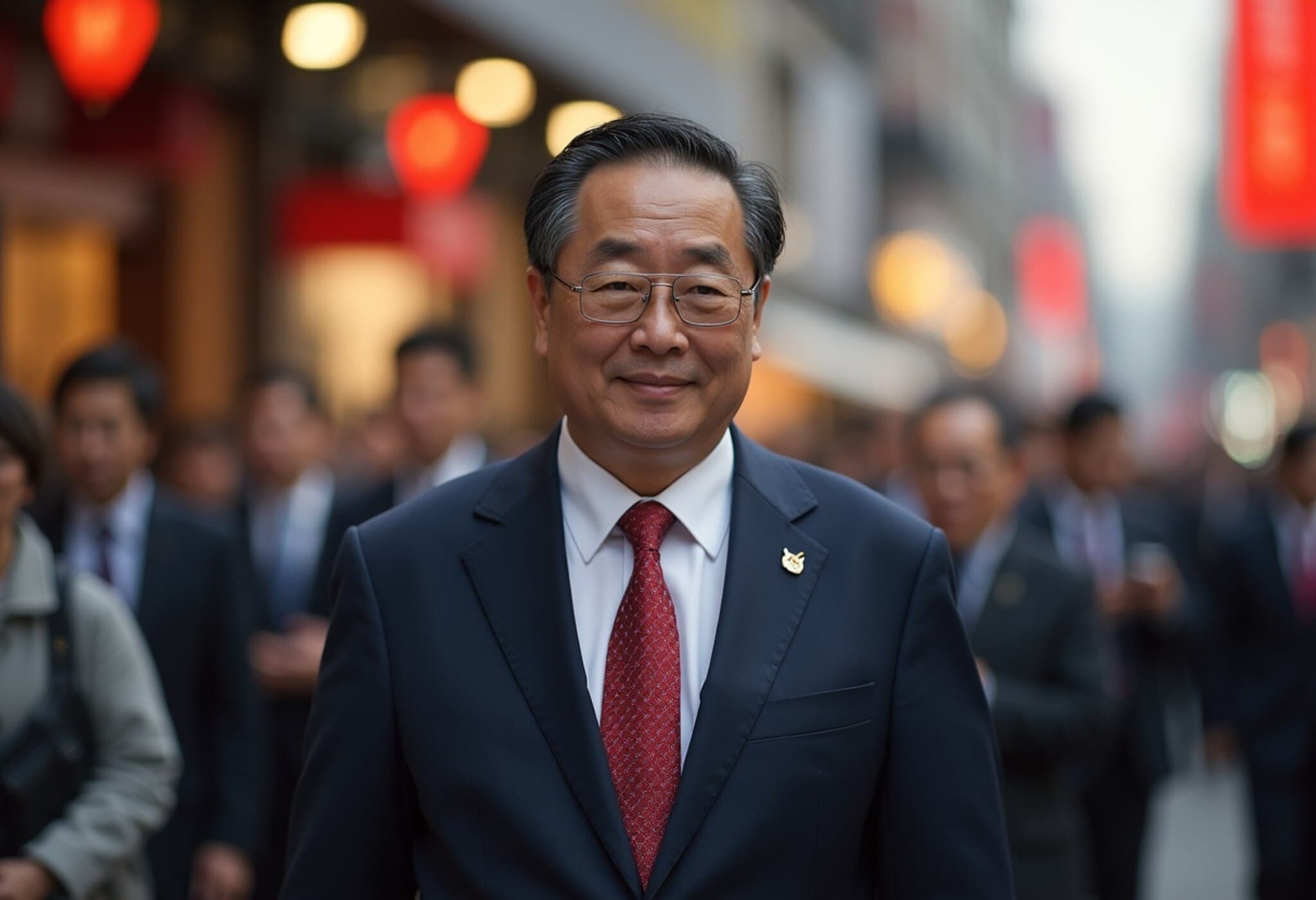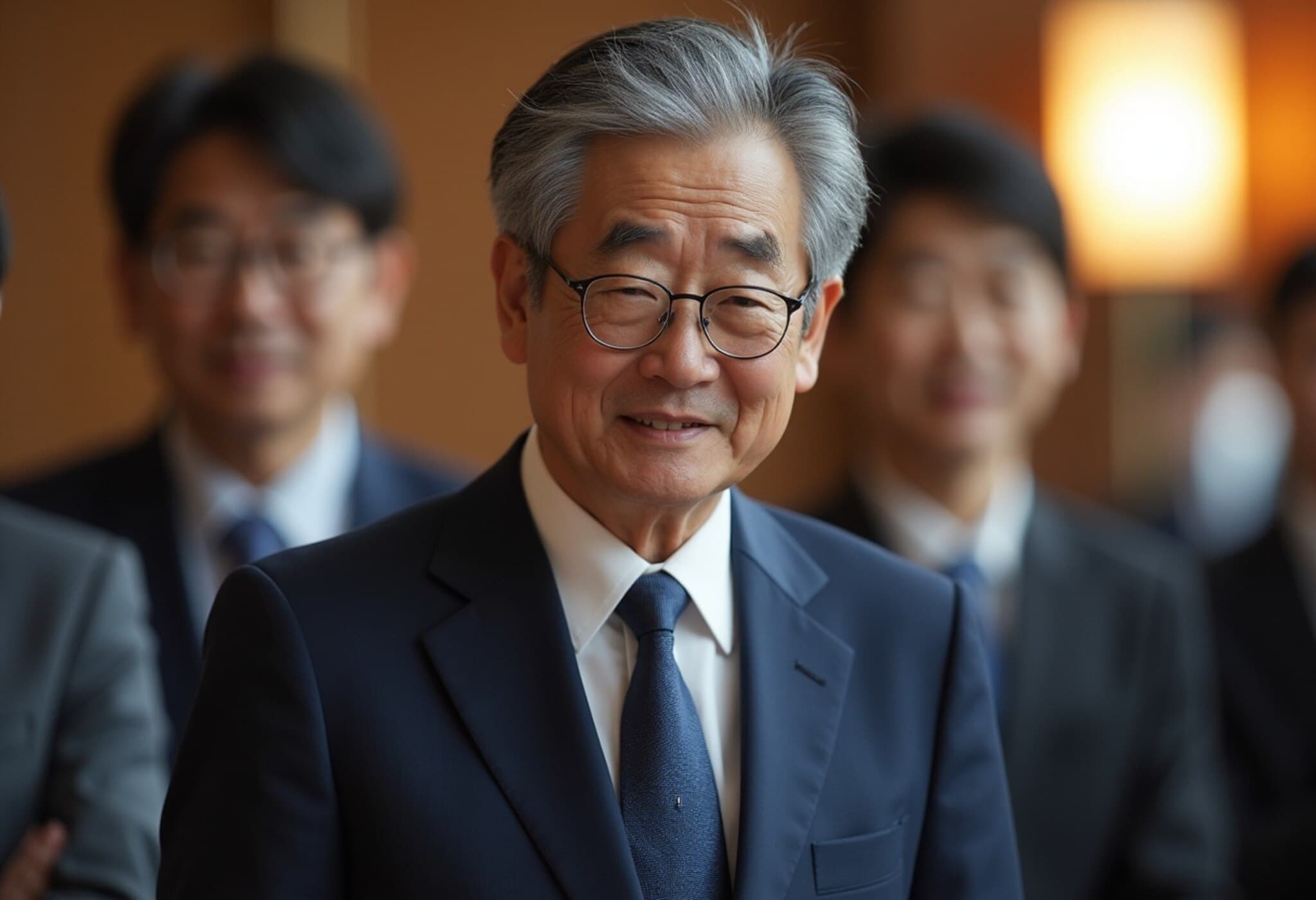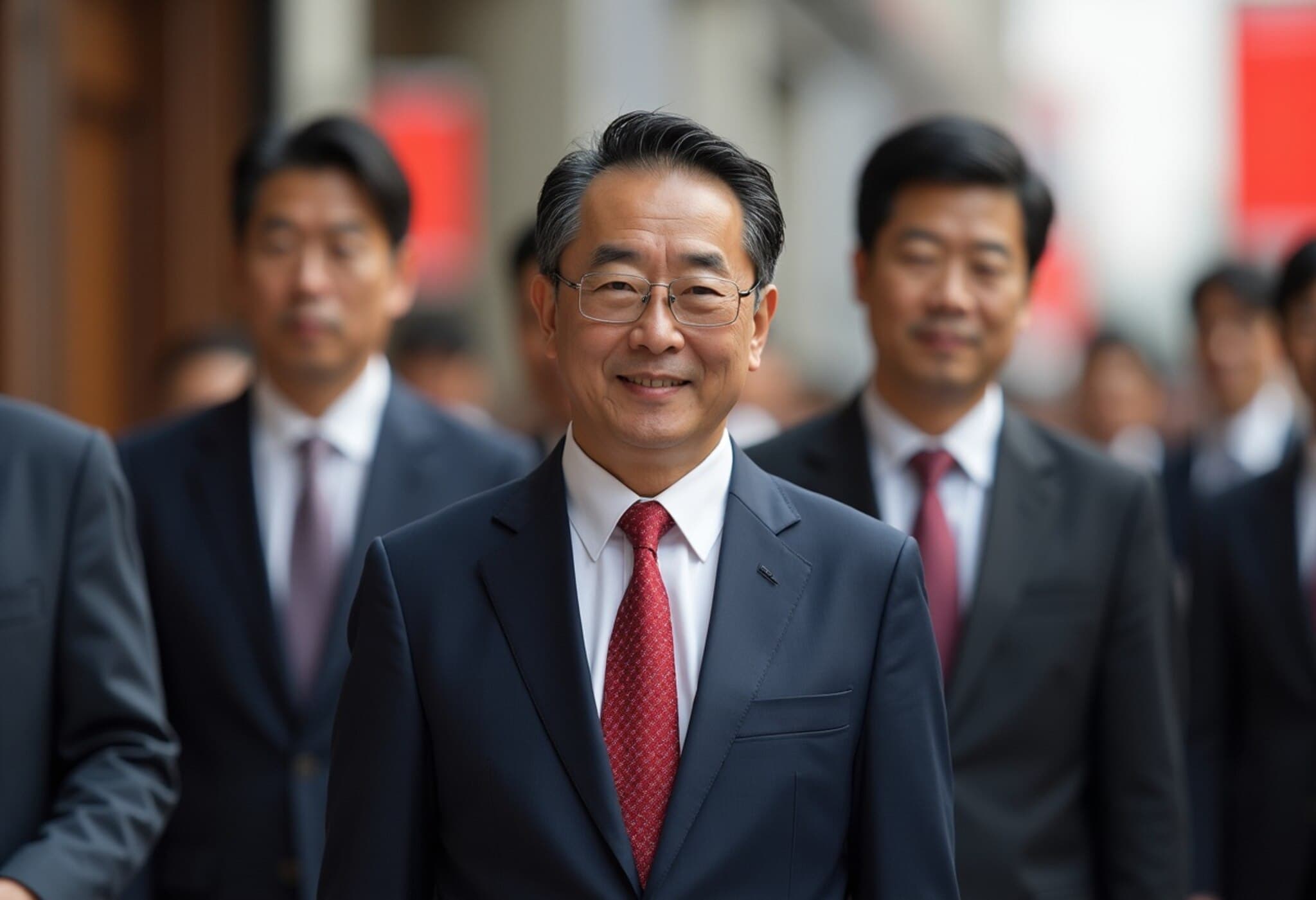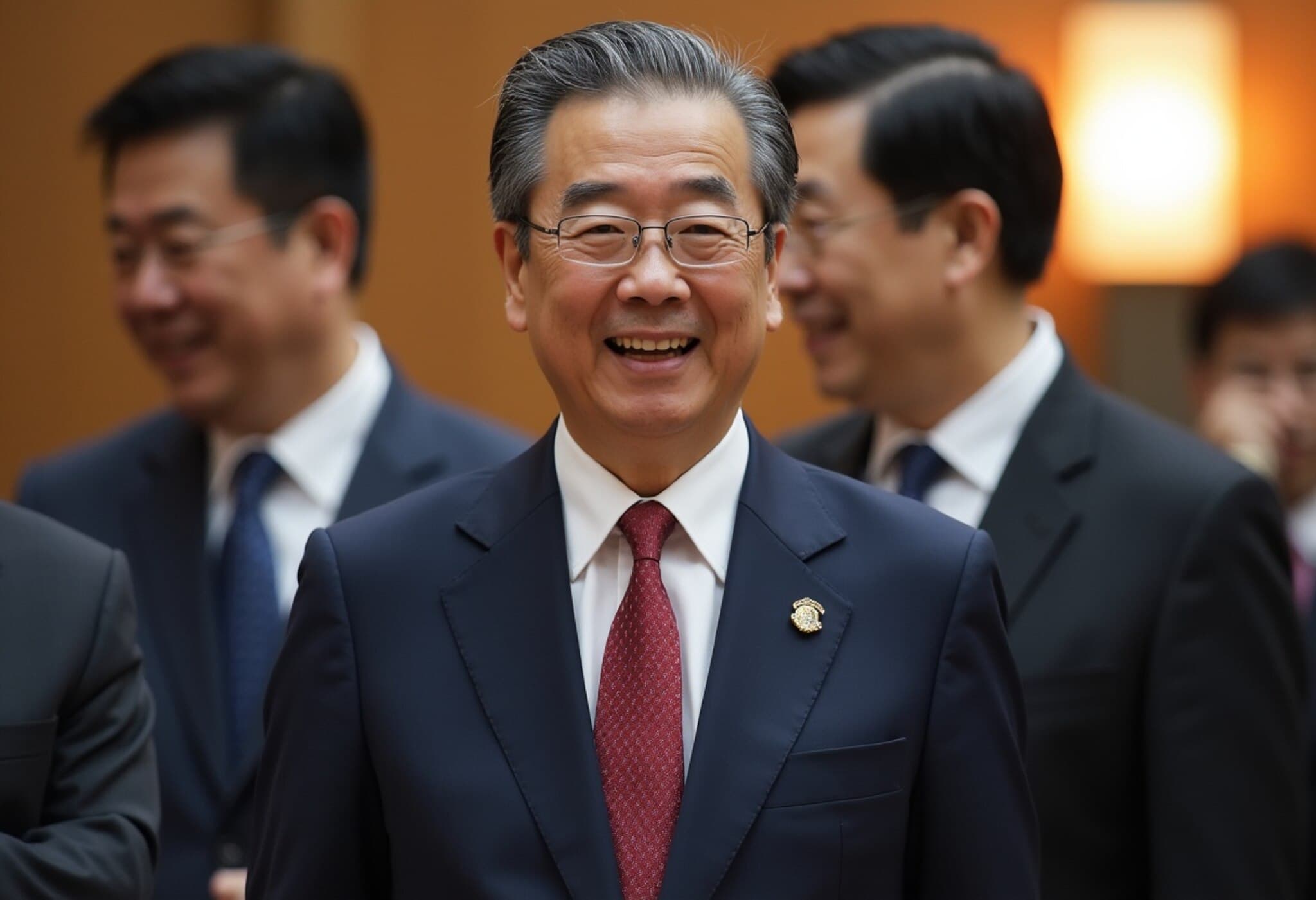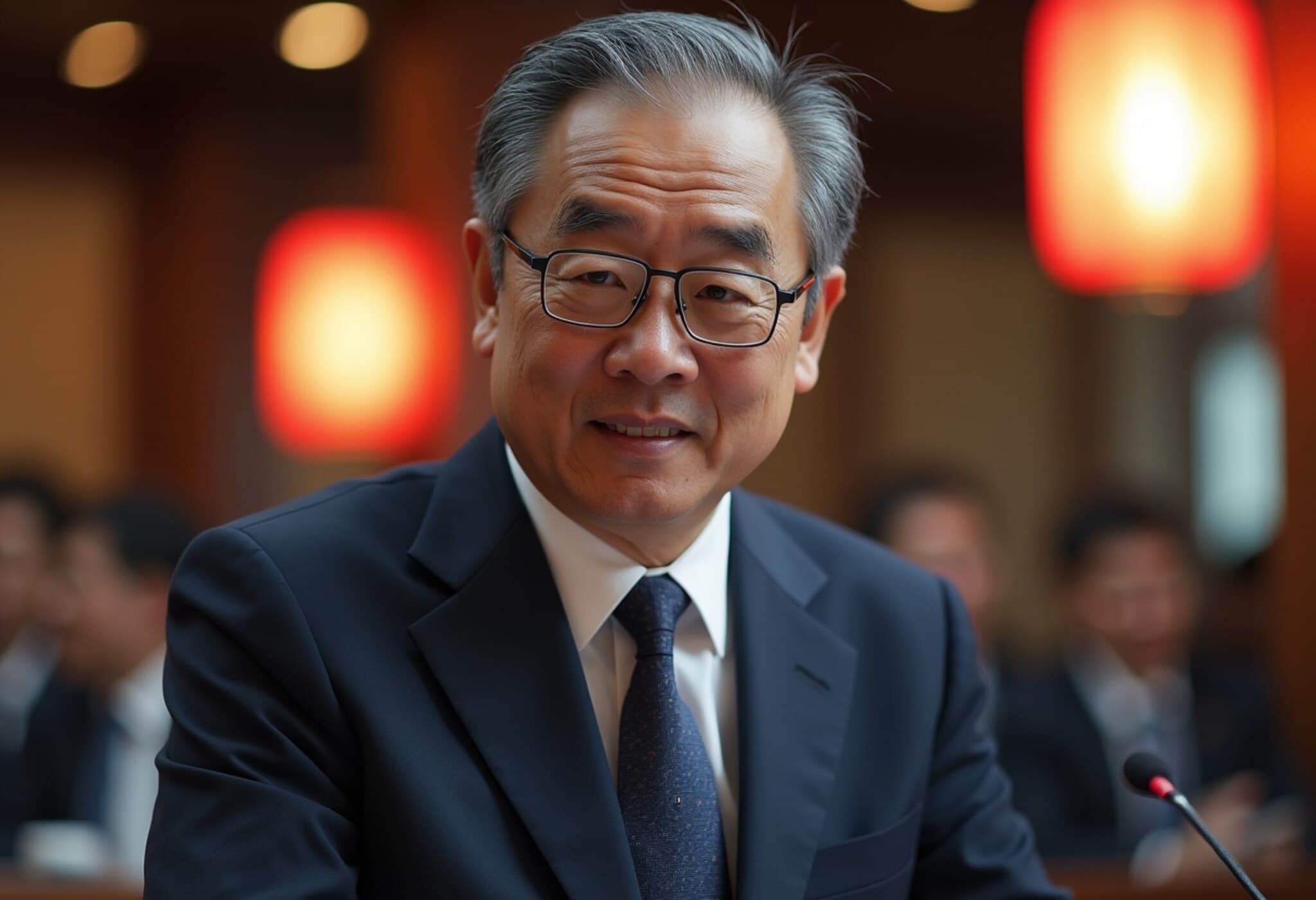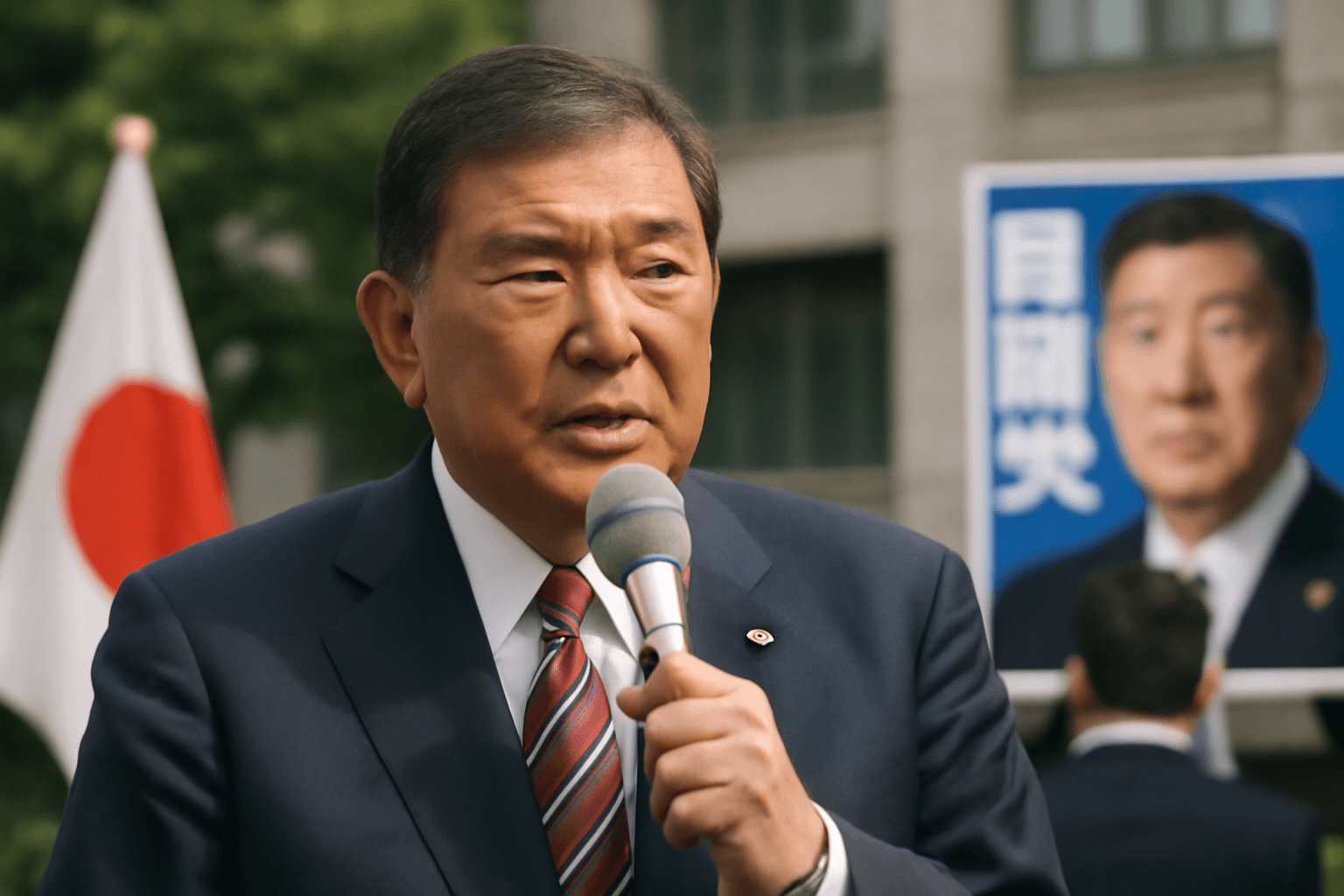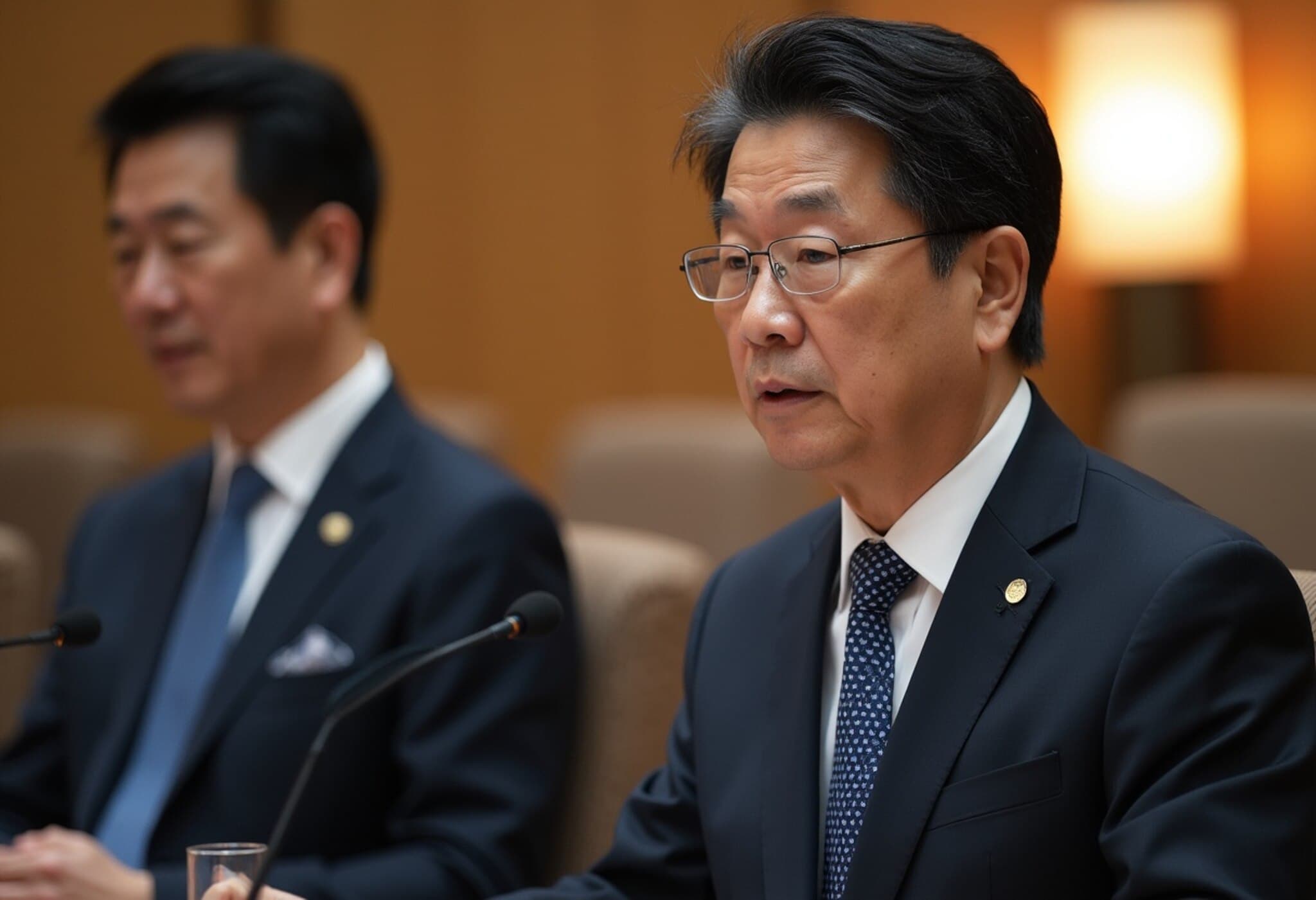A Tumultuous Shift in Japan’s Political Landscape
In a significant blow to Prime Minister Shigeru Ishiba and his ruling Liberal Democratic Party (LDP), Japan’s coalition is poised to lose its majority in the upper house following Sunday’s election, as reported by NHK. This setback compounds the challenges facing Ishiba’s government, already weakened by the loss of the lower house in October and intensifying pressure amidst looming trade negotiations with the United States.
Implications of the Upper House Election Results
The upper house, with 248 seats, had half of its membership contested in this election. The LDP, together with its coalition partner Komeito, failed to secure the critical threshold of 50 seats needed this cycle, signaling a loss of control. While this election does not directly seal Ishiba’s fate, it undeniably ratchets up the political pressure surrounding his administration, casting doubt over its durability.
Having suffered its worst electoral showing in 15 years during October’s lower house elections, the ruling coalition now faces heightened vulnerability to no-confidence motions and public calls for leadership change from within the party’s ranks.
Prime Minister Ishiba’s Response and Remaining Challenges
Speaking after the polls closed, Ishiba expressed sober acceptance of the election results, describing them as “harsh” but also emphasizing the urgency of ongoing tariff negotiations with the United States. With the August 1 deadline fast approaching to finalize a trade deal or face punitive tariffs, Ishiba committed to remain in office, asserting his dedication to safeguarding Japan's economic interests.
Rising Influence of Opposition and Fragmented Voter Sentiments
The opposition Constitutional Democratic Party emerged as the main challenger, capitalizing on widespread voter dissatisfaction linked to inflationary pressures—particularly the surge in basic food prices like rice. This economic unease fostered strong support for parties advocating for tax reductions and increased welfare spending, issues the LDP has traditionally resisted.
David Boling, director at Eurasia Group, highlighted the LDP's defensive posture: “The party was on the wrong side of a key voter issue — consumption tax cuts — which opposition parties effectively leveraged to win public support.”
The Rise of the Far-Right Sanseito Party
Perhaps the most unexpected development is the election breakthrough of the far-right Sanseito party, which surged into the mainstream political arena with at least 13 seats, up from just one previously. Sanseito, originally born on YouTube during the pandemic row, built its platform around a “Japanese First” stance, fiercely opposing immigration and propagating warnings of a “silent invasion” threatening Japan’s cultural fabric.
Yu Nagai, a 25-year-old Tokyo graduate student who voted for Sanseito, summed up this sentiment: “When I see how compensation and money are spent on foreigners, I feel that Japanese people are somewhat disrespected.”
This rhetoric resonates in a country grappling with demographic challenges and a relatively low foreign-born population of 3.8 million—just 3% of the total, markedly lower than Western nations—but increasingly visible through a tourism boom and growing international presence.
Economic and Global Repercussions
The election outcome may trigger policy shifts, with analysts expecting the ruling coalition to negotiate compromises with opposition parties on contentious fiscal policies. However, such concessions could exacerbate investor fears about Japan’s massive public debt—the world’s largest—potentially unsettling government bond markets and international confidence.
Yu Uchiyama, a politics professor at the University of Tokyo, warns, “The ruling party’s need to compromise will expand the policy gap, and overseas investors will likely reassess Japan’s economic outlook with increased caution.”
Looking Ahead: The Fragile Balance of Japan’s Political Future
Japan’s current political crossroads highlight an uneasy blend of economic anxieties, demographic transformations, and the rise of populist narratives. The shockwaves of this election reach far beyond parliamentary arithmetic, signaling a potential recalibration of policy priorities amid a global landscape marked by shifting alliances and protectionist tendencies.
Key Takeaways:
- Ruling coalition loses upper house control, adding political pressure on Prime Minister Ishiba.
- Economic concerns—especially inflation and taxation—dominate voter priorities.
- Far-right Sanseito party gains significant ground amid anti-immigration sentiment.
- Forthcoming trade negotiations with the U.S. are critical for Japan’s economic future amidst rising political uncertainty.
- Domestic and global investors closely watch Japan’s fiscal policies amid debt concerns.
Editor's Note
Japan’s political landscape is at a delicate juncture where electoral shifts intertwine with global economic pressures and societal changes. The erosion of the ruling party’s majority not only challenges policymakers but also amplifies underlying national debates around fiscal sustainability and identity. Observers and citizens alike must ask: How will Japan reconcile competing demands of economic resilience, social cohesion, and international diplomacy as it navigates these turbulent waters?

